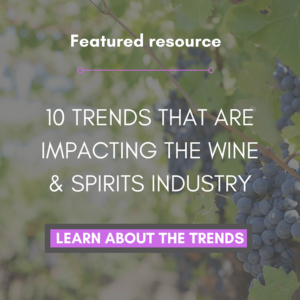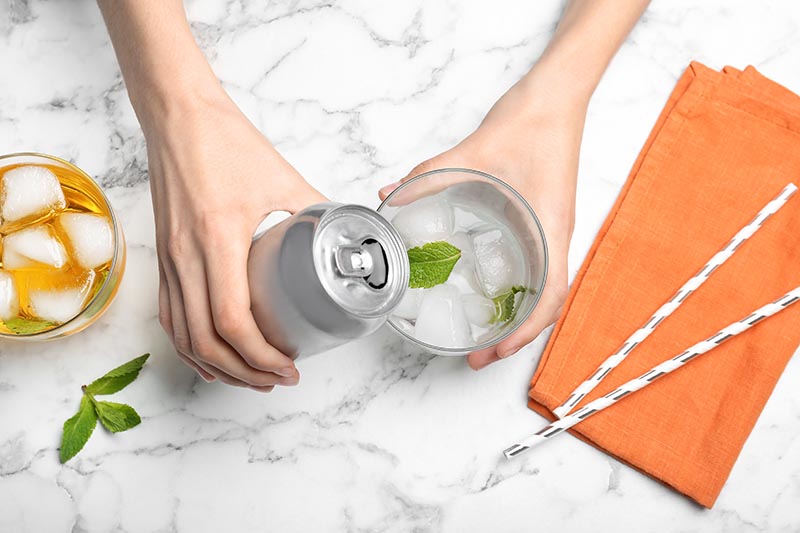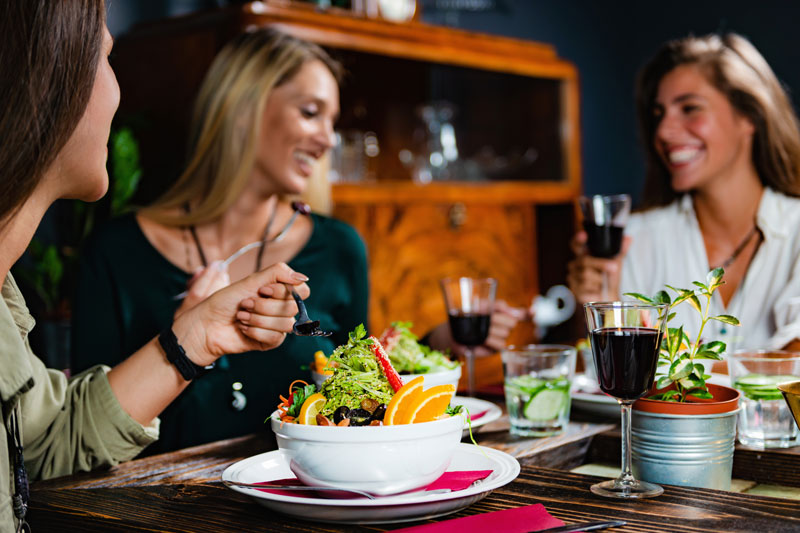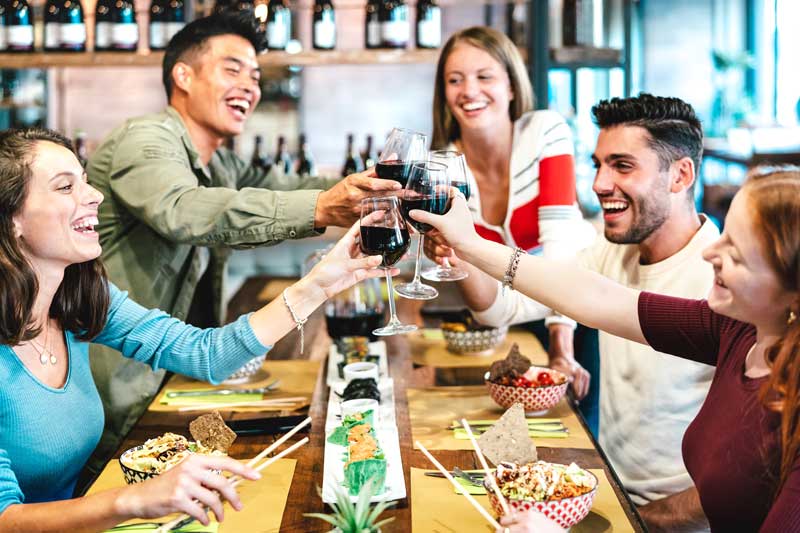Baby boomers may view Ready To Drink (RTD) beverages as the sugary bottom-shelf options that are pale imitations of ‘real’ cocktails.
But thanks to the craft trend, RTD’s are making a resurgence. Believe it or not they taste good, and millennials are happy buying cans to drink on-the-go.
RTD beverages have risen 574%, according to Nielsen. This segment of the market is expected to keep growing to $4.6 billion by 2024, according to Market Research Future.
Customers are looking for something new, fun and convenient. Now all it takes is opening a can, and your G&T is ready to go.
“People today, particularly Millennials, are looking for innovation and quality,” Bob Safford, founder of Joia Spirit told Beverage Dynamics. “The difference we’re bringing is the next evolution of the craft spirit. We’re taking that trend and putting it into today’s ‘convenient lifestyle’.”
What’s in the drink?
The alcohol in RTD beverages usually includes beer, whiskey, rum, vodka, gin, and more. The alcohol of choice will be mixed with flavors or other mixers such as lime, watermelon, tonic water and then packaged in a can or bottle.
Typically, RTD beverages will have a lower alcohol content, fueled by customers’ desires for more health-conscious drinks.
Companies such as Cutwater Spirits have capitalized on this trend by releasing a myriad of products into their portfolio to serve the RTD segment. Cutwater features Bloody Marys, vodka spritzes, lime margaritas, vodka mules, vodka sodas, and more.
Their products range from 5 to 10% alcohol, depending on the drink. Some of the cocktails are even Gluten Free. Each cocktail has its own brightly colored can and doesn’t require any other ingredients to enjoy.
 Some also consider hard seltzers to be part of this category, in addition to being ‘hybrid drinks’. More than 14 million cases of hard seltzer were sold in 2018.
Some also consider hard seltzers to be part of this category, in addition to being ‘hybrid drinks’. More than 14 million cases of hard seltzer were sold in 2018.
Boulevard Brewing Company recently expanded past beers to include craft cocktails. They call their cocktails “Fling” for when “they’re craving something different” than a beer.”
Their cocktails have a bit more of a twist, including a cucumber G&T, blood orange vodka soda, Mai Tai, and a margarita with agave spirits. The cans are a brightly colored and have pictures of tropical things like surfers, chickens and palm trees.
Why customers like it
For drinkers who don’t love heavy and calorie-high beer, RTD beverages are a great alternative. Consumers can have a gin and tonic or margarita at a tailgate, park, or picnic without having to lug around multiple ingredients and cocktail tools to prepare the drink. It’s incredibly convenient.
Traditionally, consumers viewed the RTD segment as low-quality, with products that were too high in sugar and too low in alcohol. But following the craft trend, more high-quality products are being infused into RTD drinks. The premiumization of these products are helping drive demand.
It also helps that these drinks come in fun, bright-colored packages that consumers can’t resist sharing on social media, therefore helping drive sales.
How brands can capitalize on RTD
With RTD sales expected to reach nearly $5 billion in the next five years, it has a high potential for spirits companies to invest in.
For companies looking to break into RTD, creating a cocktail that one of your spirits already pairs well with is a great place to start. If you have a brand of flavored vodkas that sell well, package that product with the usual suggestion inside of a can.
When considering packaging, go for bright colors or fun patterns. Consumers want a good-tasting cocktail, but they also want exciting cans that look nice on social media.
Finally, when it comes time to market the product, reach out to social media influencers. By partnering with social media stars, you can help drive the message of what a customer’s lifestyle could look like while drinking this beverage.
- 87% of Utilities Have Experienced at Least One Data Breach in Last Three Years - February 5, 2024
- Can Drones Lower Your Next Utility Bill? - January 10, 2024
- Onshore Wind Farms Are The Next Big Thing In Renewable Energy - December 6, 2023




